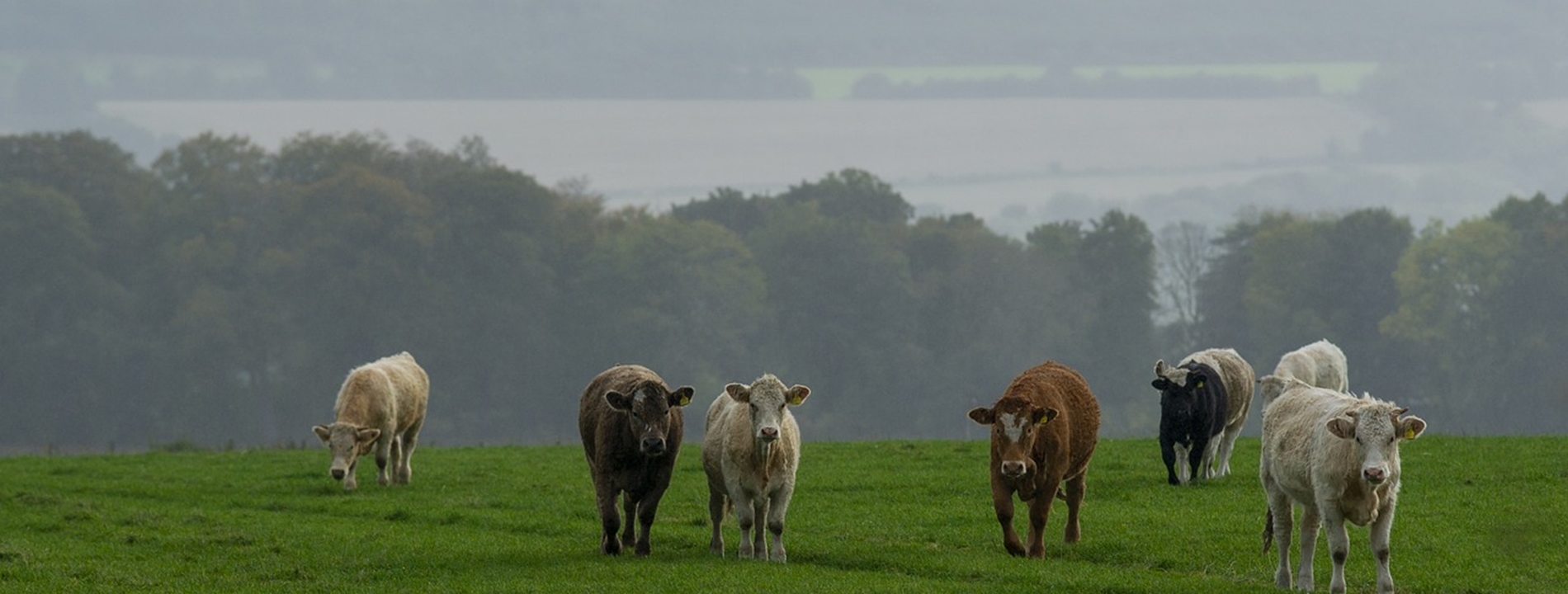Executive Summary
Little social scientific research has been conducted into UK farmers’ perceptions of bluetongue (BT). Here, we report on findings from an online survey into UK farmers’ perceptions of BT risk and a series of semistructured interviews, conducted with a sample of survey respondents and other livestock keepers. The aim of this work was to explore in-depth perceptions of BT risk, and the measures taken to reduce the spread of the disease and mitigate risks on farm.
- Livestock keepers in, or near, control zones were more concerned about BT and the impacts of BT than those further away. Concerns were about the direct impact of the disease as well as the indirect impacts of the control zone restrictions on farm businesses and farmer mental health.
- It was thought that the impacts of BT could eventually spread to other areas of the agricultural industry that are linked in some way to livestock production, e.g., arable farms providing seasonal grazing.
- Restricted livestock movement has impacted availability of animals for some keepers and this might impact on future breeding programmes.
- Concern about the disease was mixed with a sense of fatalism due to the lack of methods to control, mitigate and prevent the spread of the disease (especially regarding midge control).
- In the survey, some people expressed an interest in accessing and using vaccination to protect animals.
- In the interviews, when questioned on vaccine use, the response was more negative than in the survey, with livestock keepers concerned about side effects seen with the BTV-8 vaccine. There were concerns around efficacy, possible side effects and high costs of the BTV-3 vaccine.
- Interviewees rated Schmallenberg as more concerning than BT, both for animals and livestock keepers, with elevated emotional and financial impacts resulting in mental health concerns.
- The use of control zones was seen as a positive if all stock keepers within these zones adhered to the rules and regulations in place. It was questioned as to whether this was always the case.
- Communication between government bodies and farmers was seen as unclear and for some lacking.The information that was available was believed to be not easily accessible, especially around the current extent of the disease across the UK, the methods of disease notification, and long-term, nationwide plans and strategies to control the spread of, or eradicate, the disease. This is fuelling frustrations and distrust towards the government and greatly impacting farmer mental health.
Recommendations
Improved communication around the rationale for making a disease notifiable and the process involved in recognising and reporting notifiable diseases would aid understanding and encourage farmers compliance. Clear evidence of the efficacy and any potential side effects of BT vaccines may assist the uptake of vaccines. More explicit advice around what chemical preventatives are available to protect livestock against midges and how to use them could also be advantageous.
This information should be provided via multiple dissemination routes, including online and physical media to ensure it is accessible to people with a range of learning styles.



